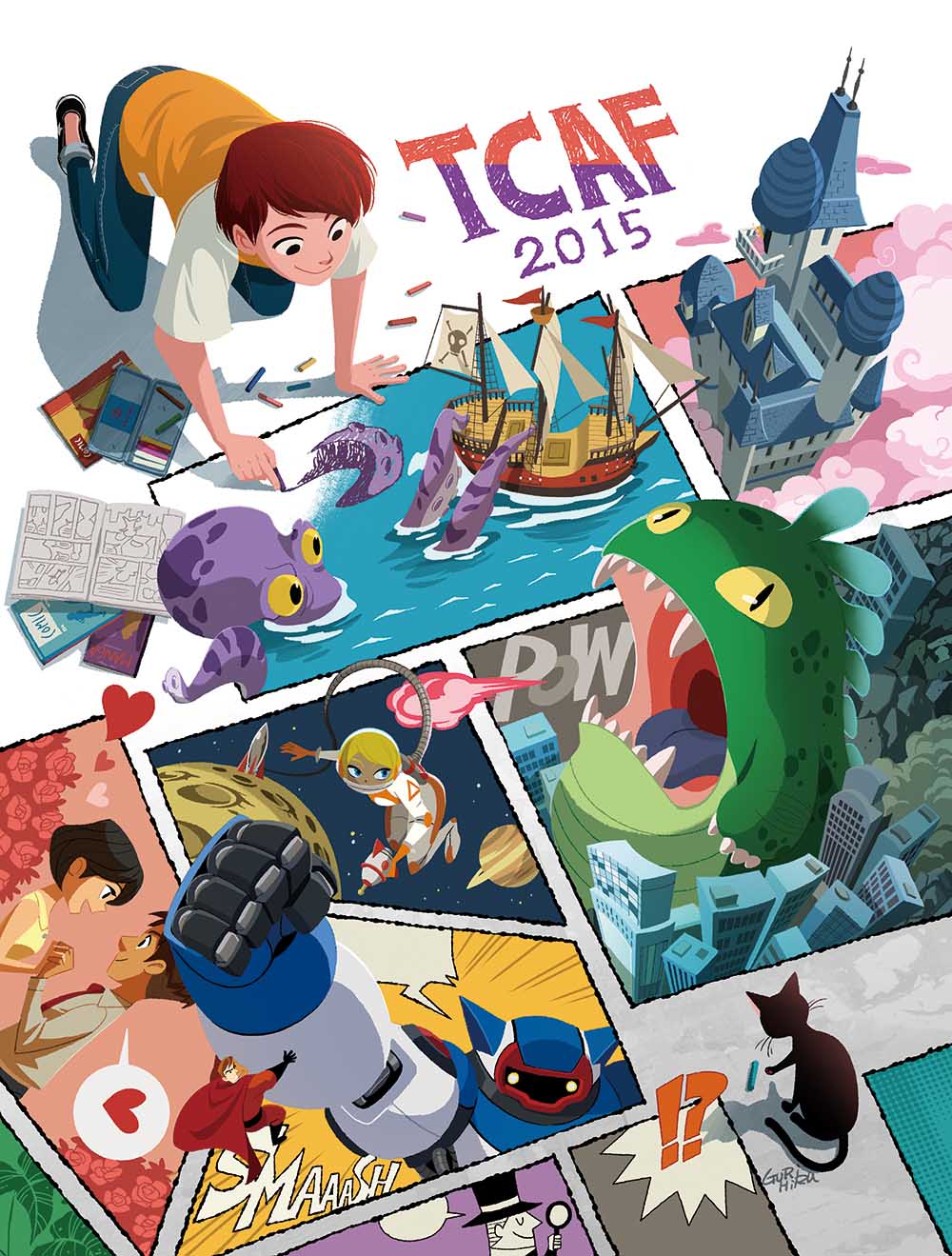2015 marks the third time that I've been able to attend the Toronto Comic Arts Festival (TCAF). I generally don't go to very many conferences, festivals, or conventions unless it's for work, but I had …
Continue Reading about Random Musings: Toronto Comic Arts Festival 2015 →
